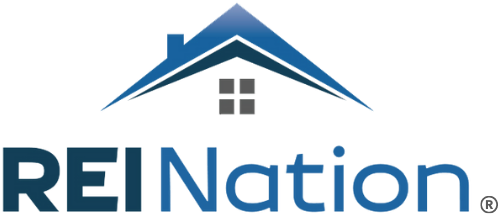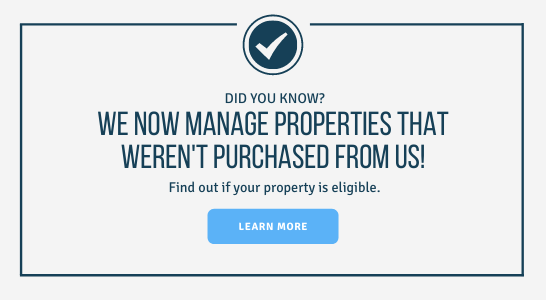
Though passive investors may not be involved in the day-to-day operations of their rental properties, they have plenty of responsibilities. One such responsibility is in managing and maximizing cash flow. This task starts from the outset as you weigh the cost of a rental property and its ongoing expenses against cash flow potential. But it doesn’t end there!
Those ongoing costs tend to increase over time – and part of your job is mitigating those increases to best preserve and maximize passive income.
Further Reading: Top Tips for Increasing the Profitability of Your Investment Properties
One of those costs is property insurance. Insurance premiums are inching upwards all the time. So what can real estate investors do to fight the creep? Keep reading to find out!
5 Tactics to Manager Property Insurance Rates
Strategy #1 – Pick low-risk locations.
Different investment markets and their neighborhoods pose a variety of risks. Insurers will pay attention to the frequency of natural disasters, flood zones, proximity to fire stations, and the frequency of insurance fraud in the area – among other factors. Consider Florida. Home insurance premiums are triple the national average at a staggering $6,000 per year. Not only that, but at least seven major insurers have left the state altogether! Though many factors are at play, it primarily concerns the inevitability of hurricanes. It’s not just a risk at this point – it’s almost a certainty.
Strategy #2 – Make reasonable upgrades.
The value of your property impacts insurance costs. This is just one of many reasons investors must avoid over-renovation. Luxury upgrades and materials can disrupt neighborhood norms while stunting the effectiveness of your renovation ROI. They also cost more to insure. It’s just math – the more the property is worth, the more expensive it is to cover. This is one reason we encourage SFR investors to aim for average if not slightly above-average, size, quality, and features in a property relative to the area.
You may also improve coverage rates by replacing property systems, like plumbing, HVAC, and electrical. Newer systems that meet modern code standards are best.
Strategy #3 – Increase your deductibles.
If you want insurance premiums to go down, increase your deductibles. This can be beneficial when you have room to grow your financial safety net or if the risk of making a claim is relatively low. There’s a trade-off here. Yes, you’ll be on the hook for more in the event of a claim, but if you never make one, you have extra padding in your emergency fund rather than higher insurance costs.
Strategy #4 – Explore brokers and policy options.
Part of doing due diligence is exploring your options. Investors should never settle for the first insurance quote they get. You’d be surprised how much they can vary across providers! And even then, continue to negotiate. An experienced broker can help you bundle coverage on a large investment portfolio. Here’s your rule of thumb: don’t take quotes or rate increases at face value. Haggle!
Strategy #5 – Mitigate risk exposure.
Finally, investors can reduce their insurance premiums by mitigating risk exposure for their properties. Some of these line items are the same as for primary residences: have working smoke alarms, carbon monoxide detectors, and fire extinguishers. Installing a security system can earn you a discount, too! Sometimes, these safety additions can reduce the rate by up to 25%. The opportunities don’t end there for investors, either.
Most insurance companies will want to see an exterior photo of the property first. Investors can get a better rate through curb appeal. Avoid peeling paint, unkempt landscaping, and clutter or garbage. The roof should be in good condition, and safety measures should be taken, such as handrails around steps.
A consistent, quality, and reputable property management company may also help bring your rate down. Requiring your residents to have renter’s insurance also makes a big difference. Diligent property maintenance, thoughtful lease terms, and thorough safety measures are key.
At the end of the day, insurance is necessary – but it isn’t something investors have to grin and bear. There are ways to improve your standing with insurance providers, secure bundled coverage, and reduce your rates. Explore these options, and you’ll be right on track to maximize your cash flow!
Tap the button below to speak with one of our experienced portfolio advisors today!












